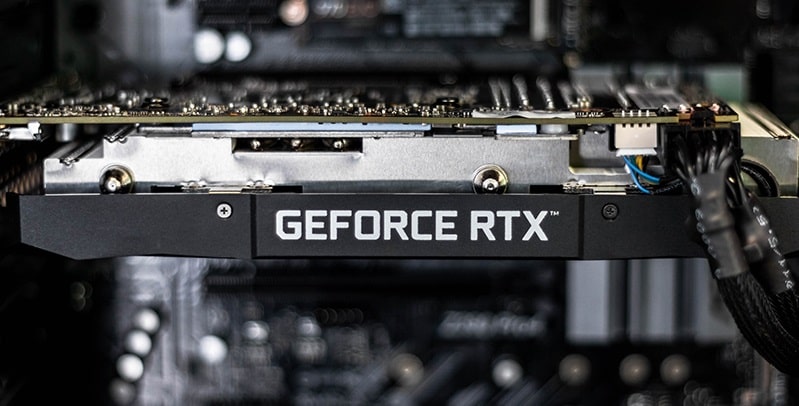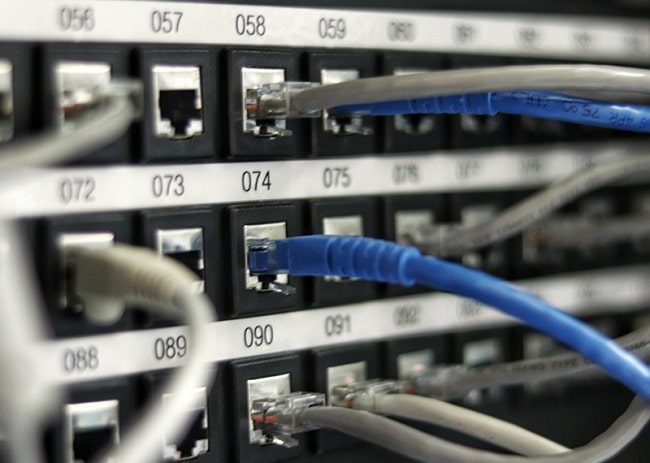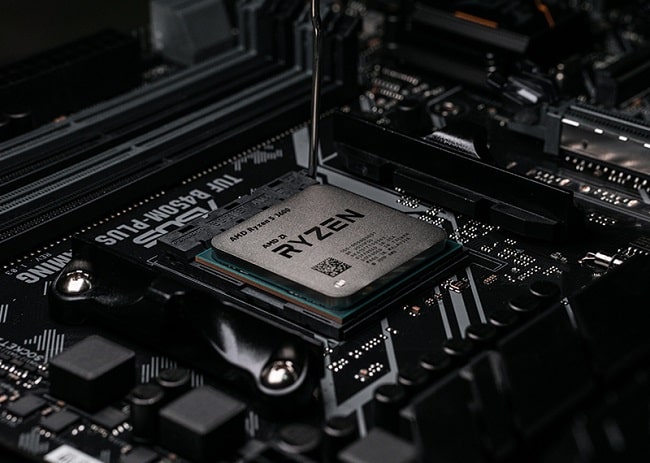What is GPU?
GPU (Graphics Processing Unit) is an electronic circuit used to speed up the creation of both 2D and 3D images. GPUs can either be integrated, meaning they are built into the computer's CPU or motherboard, or they can be dedicated, meaning they are a separate piece of hardware known as a video card. By having a separate processor, the GPU allows the computer's CPU resources to be used for other important tasks.

World First GPU:
The term GPU was popularized by Nvidia in 1999, who marketed the GeForce 256 as the world's first GPU, or Graphics Processing Unit, although the term had been in use since at least the 1980s. Rival ATI Technologies coined the term "visual processing unit" or VPU with the release of the Radeon 9700 in 2002.
Where Company's use GPUs?
GPUs are used in embedded systems, mobile phones, personal computers, workstations, and game consoles. Modern GPUs are very efficient at manipulating computer graphics and image processing, and their highly parallel structure makes them more efficient than general-purpose CPUs for algorithms where the processing of large blocks of data is done in parallel. In a personal computer, a GPU can be present on a video card, or it can be embedded on the motherboard.
Popular GPU manufacturers include NVIDIA and AMD, with both companies continuously releasing new generations of GPUs to meet the increasing demands of graphics-intensive applications, gaming, and emerging technologies like artificial intelligence and virtual reality. The competition between these companies has driven innovation in GPU technology over the years.
Why is GPU required in pcs?
Graphics Rendering: GPUs specialize in rendering images and graphics quickly and efficiently. They handle tasks like displaying images, videos, animations, and 3D graphics on your screen.
High-Performance Computing: GPUs are used in tasks that require intensive parallel processing, such as scientific simulations, artificial intelligence, machine learning, and cryptocurrency mining.
Gaming: Modern video games demand high-quality graphics and fast frame rates. A GPU is essential for delivering smooth gameplay and realistic visuals by rendering complex scenes in real-time.
Video Editing and Rendering: GPUs accelerate video editing and rendering processes by handling tasks like transcoding, applying effects, and rendering high-resolution videos much faster than a CPU alone.
General Compute Tasks: Certain applications and software leverage GPU acceleration to speed up tasks like image processing, data analysis, and computer-aided design (CAD).
Overall, a GPU significantly enhances the performance and capabilities of a PC, particularly in tasks related to graphics, multimedia, and parallel processing.
• Learn more about Crossfire and SLI for in-depth GPU usage techniques.
Category: Hardware
on: 25 Aug 2021
on: 12 Apr 2024
Featured posts
You may like these posts.
Communication Media - Guided or Unguided media:
Communication media means sending and receiving data. Media is used to data path that forms the physical channel between the sender and the receiver.

Encryption and Decryption (Data) - Encoding & Decoding:
Encryption is the process of translating plain text data (plaintext) into something that appears to be random and meaningless (ciphertext).

Explanation about Threads & Processes (CPU):
A thread is a single sequence stream within a process. Because of some properties of processes, they are called lightweight processes.
What's Next?
We've now entered the finance section on this platform, where you can enhance your financial literacy.
